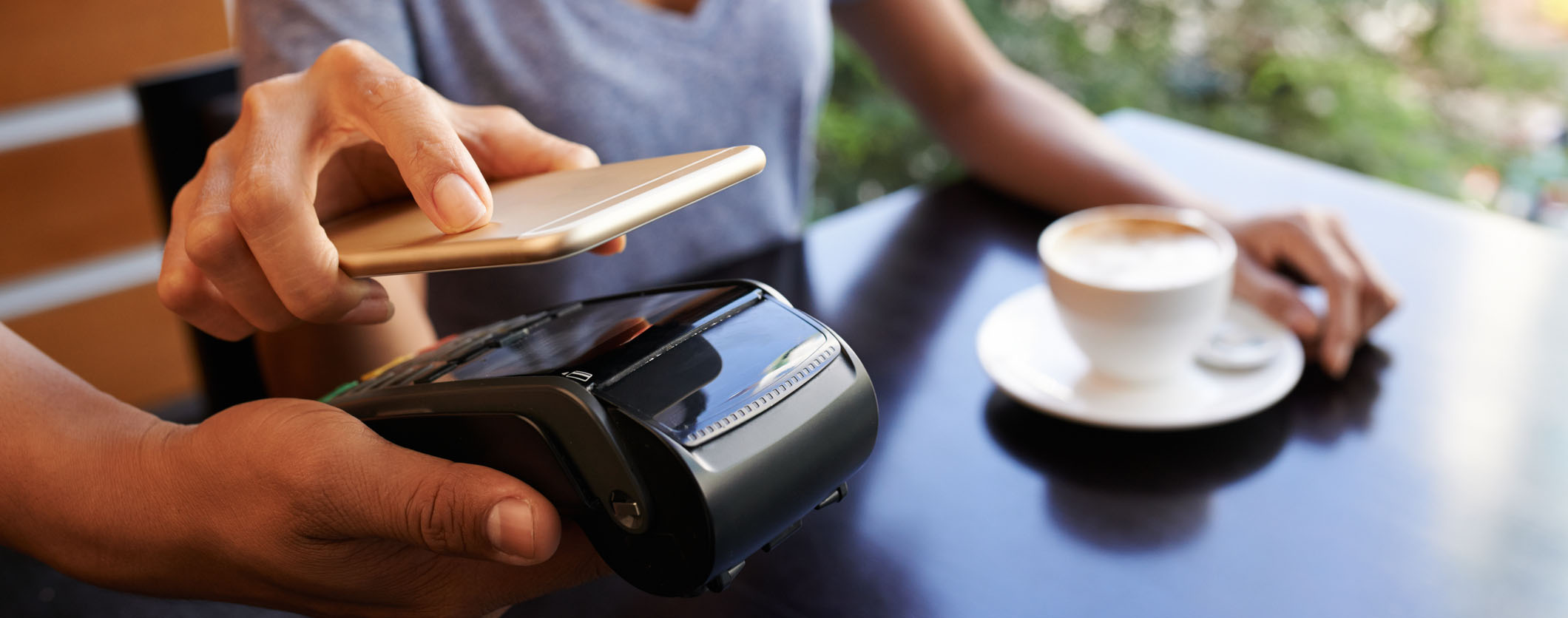Beyond Cash: Getting Paid the Modern Way
These days, we’ve moved far beyond the “cash, credit, or cheque” system of doing business. With the advent of digital commerce, there are now countless payment gateway systems, merchant accounts — even cryptocurrency options. Now you have the option to accept not only Visa and Mastercard, but also Paypal, ApplePay, Interac Online, and BitCoin, among others.
All of these options can be a little daunting, but a little planning and research can go a long way. Here are a few tips you can follow to help you select the best payment option for your business.
Offer alternatives to credit card payments.

Simply put, customers these days generally have preferred methods of payment. It’s in your best interest to offer options apart from just credit cards. Many customers balk at having to fill out credit card forms every time that they make a purchase and prefer to pay via a service like ApplePay, AmazonPayments, or PayPal (which also allows for bank transfers). Ecommerce platforms like Shopify will usually offer plugins for common alternative payment methods, making it easy to integrate these options into your site.
PayPal is an especially popular option, holding a 20+% share of online payments. Many people have PayPal accounts for use with eBay, other ecommerce sites, or to send money to friends and family, so this is a convenient option for a lot of your potential customers. ApplePay and Google Wallet are also convenient and low-risk options. Intuit can be a little pricey with a rate of 3.25% per transaction but it integrates very well with Quickbooks, so if that’s your accounting software of choice, it’s an option to strongly consider. Amazon Payments is a trusted payment method for many people, but some businesses may not be thrilled about the idea of dropping the name of the world’s largest retailer into their transaction process. Services like Square also offer card readers that accept credit and debit payments, so that you can sell at trade shows and marketplaces as well — important if you plan on selling offline in addition to online.
 Make sure you understand which payment methods people in your target market like to use and choose a payment gateway with support for those methods. If your website doesn’t accept your customers’ preferred payment method, you may lose sales.
Make sure you understand which payment methods people in your target market like to use and choose a payment gateway with support for those methods. If your website doesn’t accept your customers’ preferred payment method, you may lose sales.
Research your payment gateway.
With so many payment gateways out there, it’s worth it to take some time and do your due diligence. PayPal, Authorize.net, and Stripe are three popular and highly-visible options. Authorize.net has the ability to process credit, debit, PayPal, ApplePay, and e-cheque payments. Stripe is a hip new option that offers fully customizable design options and mobile integration, and PayPal is nearly ubiquitous. These are only three of the many, many options available, however, so it’s a good idea to take a look around and see what’s available.
There are a few things to keep in mind when choosing your payment gateway:
Fees: How much will the payment gateway cost you? Will you be paying monthly or per-transaction fees? Will they be fixed or variable? What additional fees does the gateway charge?
Integration: Does the payment gateway integrate with your ecommerce site? Platforms like Shopify offer plugins and support for many different payment gateways.
Reputation: Is the payment gateway well-respected and known to be reliable? What’s their industry reputation? Do you trust your customer’s information with them?
Contracts: Is the contract yearly or monthly? Do they require a lengthy lock-in period right off the bat? Is there a trial period available? What are the penalties for leaving if the service isn’t a good fit?
Compliance: Does the payment gateway comply to industry standards in terms of safety and security? Are they PCI DSS certified?
Keep mobile in mind. Nearly 60% of purchases are made on mobile devices — that’s a big chunk of the market to miss out on if your payment methods don’t translate well to mobile use. Whatever options you wind up choosing, make sure that you keep mobile optimization high on your list of priorities.




